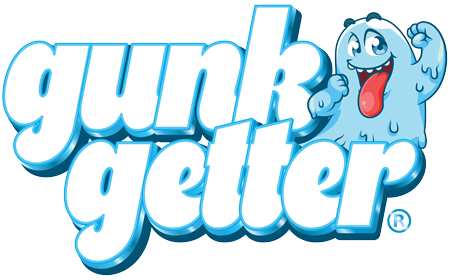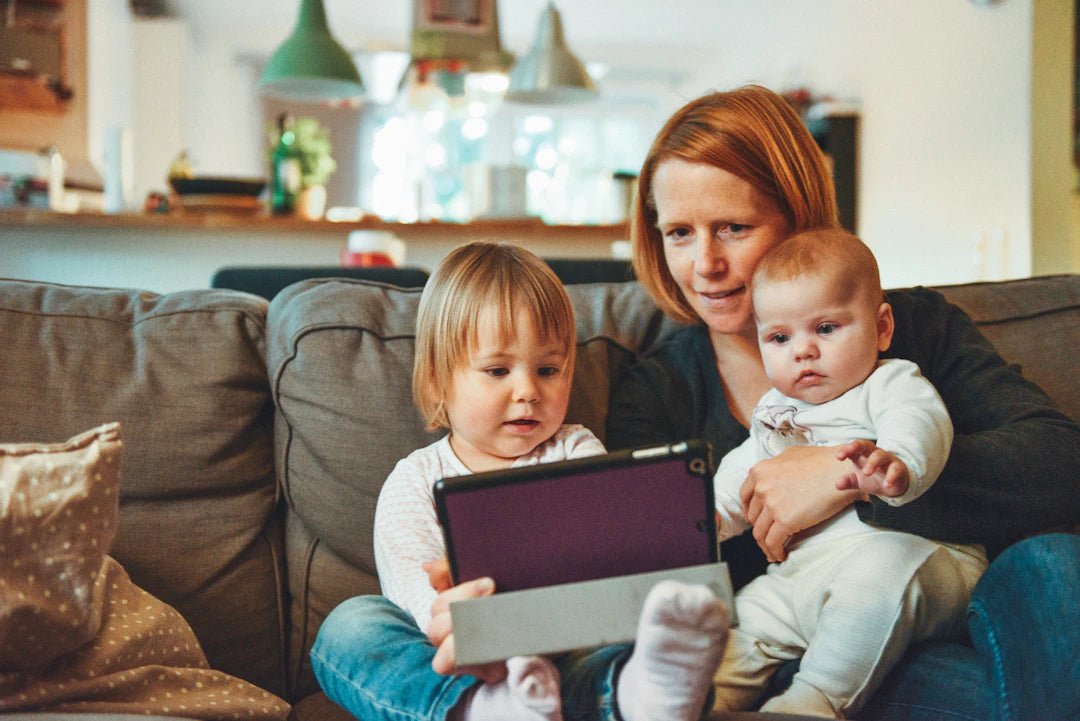Frequently Asked Questions
1. Why should I involve my kids in cleaning?
2. What are some tips for setting a kid-friendly cleaning routine?
3. How can I make cleaning fun for my kids?
4. How can I reward my kids for their cleaning efforts?
5. What should I do if my kids resist cleaning?
Cleaning might not be the most exciting activity for kids, but it can become a fun family affair with the right approach! By establishing a kid-friendly cleaning routine, you can teach your children the importance of responsibility while making the process enjoyable. In this article, we’ll explore various techniques, games, and tips to create an effective cleaning routine that engages children and helps keep your home sparkling clean.
Why Involve Kids in Cleaning?
Involving children in cleaning tasks has numerous benefits that extend beyond just keeping your space tidy. Here are some reasons why it’s worth the effort:
- Responsibility: Kids learn to take ownership of their environment.
- Motor Skills: Cleaning helps develop fine and gross motor skills.
- Teamwork: It fosters a sense of collaboration and teamwork within the family.
- Life Skills: Kids acquire essential life skills that will benefit them as they grow.
- Fun: When done right, cleaning can be a fun bonding experience!
Setting the Stage for a Kid-Friendly Cleaning Routine
Before diving into the cleaning tasks, you need to prepare the right environment. Here are some tips to make cleaning easier and more engaging for kids:
Create a Cleaning Playlist
Music can transform any mundane task into a party! Create a lively playlist with your children's favorite songs. Play it during cleaning sessions to keep their spirits high and motivate them to get moving. You might just find that you’re dancing while scrubbing!
Gather the Right Tools
Ensure that kids have their own set of cleaning tools that are safe and age-appropriate. Consider providing:
- Colorful and Fun Cleaning Supplies: Let them choose brushes and cloths in their favorite colors.
- Small Brooms and Dustpans: Perfectly sized for little hands.
- Non-toxic Cleaning Solutions: Ensure safety while cleaning.
- Specialty Items: Don't forget tools like keyboard cleaning gel for tech items!
Making Cleaning Fun: Games and Activities
Cleaning doesn’t have to be boring. By incorporating games, you can turn it into an enjoyable challenge. Here are a few ideas:
Cleaning Races
Organize quick cleaning races to spark excitement. Set a timer and challenge your kids to see how much they can clean before time runs out. Offer incentives, such as stickers or small rewards, to boost motivation.
Scavenger Hunt
Create a cleaning scavenger hunt where kids are tasked with finding and picking up specific items around the house. This method keeps them engaged while ensuring that everything ends up in its rightful place.
Cleaning Bingo
Design Bingo cards with different cleaning tasks. As kids complete each task during clean-up, they mark it off. The first one to complete a row wins a prize! This adds an element of competition and excitement.
Establishing a Routine
Children thrive on routine because it provides structure and predictability. Here’s how to create a cleaning schedule that works:
Daily Cleaning Tasks
Assign simple daily cleaning tasks that can become part of their daily routine:
- Making their beds
- Putting toys away
- Wiping down surfaces with a damp cloth
Weekly Cleaning Tasks
In addition to daily tasks, set aside time each week for deeper cleaning. This could include:
- Dusting surfaces
- Vacuuming carpets
- Cleaning their bedrooms
Monthly Cleaning Tasks
Consider including more in-depth cleaning tasks monthly to keep a thorough approach:
- Organizing closets
- Washing windows
- Using keyboard cleaning gel to keep tech surfaces neat
Rewarding Their Efforts
Positive reinforcement can significantly boost children's willingness to participate in cleaning chores. Take note of their efforts and reward them in fun ways. Here are some suggestions:
Sticker Charts
Create a sticker chart where kids can earn stickers for every cleaning task they complete. After accumulating a certain number, they can trade their stickers for a reward, like extra screen time or a special treat.
Quality Time Rewards
Take the opportunity to create a stronger bond by rewarding them with quality time. Perhaps a movie night or a fun outing together after a productive cleaning session! This turns chores into a rewarding activity.
Keeping Kids Interested
The key to maintaining kids' interest in their cleaning routine lies in creativity and variety. Here are some ways to keep things fresh:
Rotate Responsibilities
Change up the tasks weekly or monthly. Allowing kids to take turns with different cleaning chores can keep them from getting bored and give them new skills.
Involve Them in Decision Making
Let kids have a say in their cleaning tasks. Allowing them to choose which chores they want to tackle empowers them and fosters responsibility.
Set an Example
Children learn a lot through observation. Let them see you actively participating in the cleaning routine. Your enthusiasm will encourage them to follow suit!
Teaching Kids about Cleaning Products
As your children engage in cleaning, take the opportunity to educate them about the various products and tools involved. Here’s how:
Safe Handling
Teach kids about which cleaning products are safe and how to use them correctly. Explain which items are non-toxic and eco-friendly, fostering an understanding of safety and health.
The Importance of Organization
Introduce the idea of organization while cleaning. Teach them how to store cleaning supplies safely and neatly, emphasizing the significance of keeping their resources in order.
Understanding Purpose
As you clean, discuss the purpose of each task. Explain why vacuuming or wiping surfaces is necessary, connecting the act to maintaining a clean and healthy environment.
Overcoming Challenges
Even with the best intentions, you may face challenges while implementing a kid-friendly cleaning routine. Here are some tips to overcome potential hurdles:
Handling Resistance
If kids are resistant to cleaning, try to figure out why. They might find certain tasks boring or overwhelming. Break these tasks down into smaller, more manageable steps or change the approach.
Managing Time
Sometimes, busy schedules can interrupt cleaning routines. Set aside specific times for cleaning and treat it like an important appointment that you cannot miss.
Staying Flexible
Life is unpredictable, and routines may need to shift. Keep an open mind, and be willing to adapt the cleaning schedule based on what works best for your family.
Let’s Get Cleaning!
Creating a kid-friendly cleaning routine is not only beneficial for keeping your home tidy but also teaches children valuable life skills. By making cleaning fun and engaging, you motivate your little ones to take ownership of their responsibilities. As you embark on this cleaning adventure, remember that consistency, creativity, and positive reinforcement will play key roles in turning cleaning into an enjoyable routine. So, gather your family, crank up that playlist, and let the cleaning games begin!


Share:
How to Maintain a Clean Home with Pets
Debunking Common Cleaning Myths for a Spotless Home